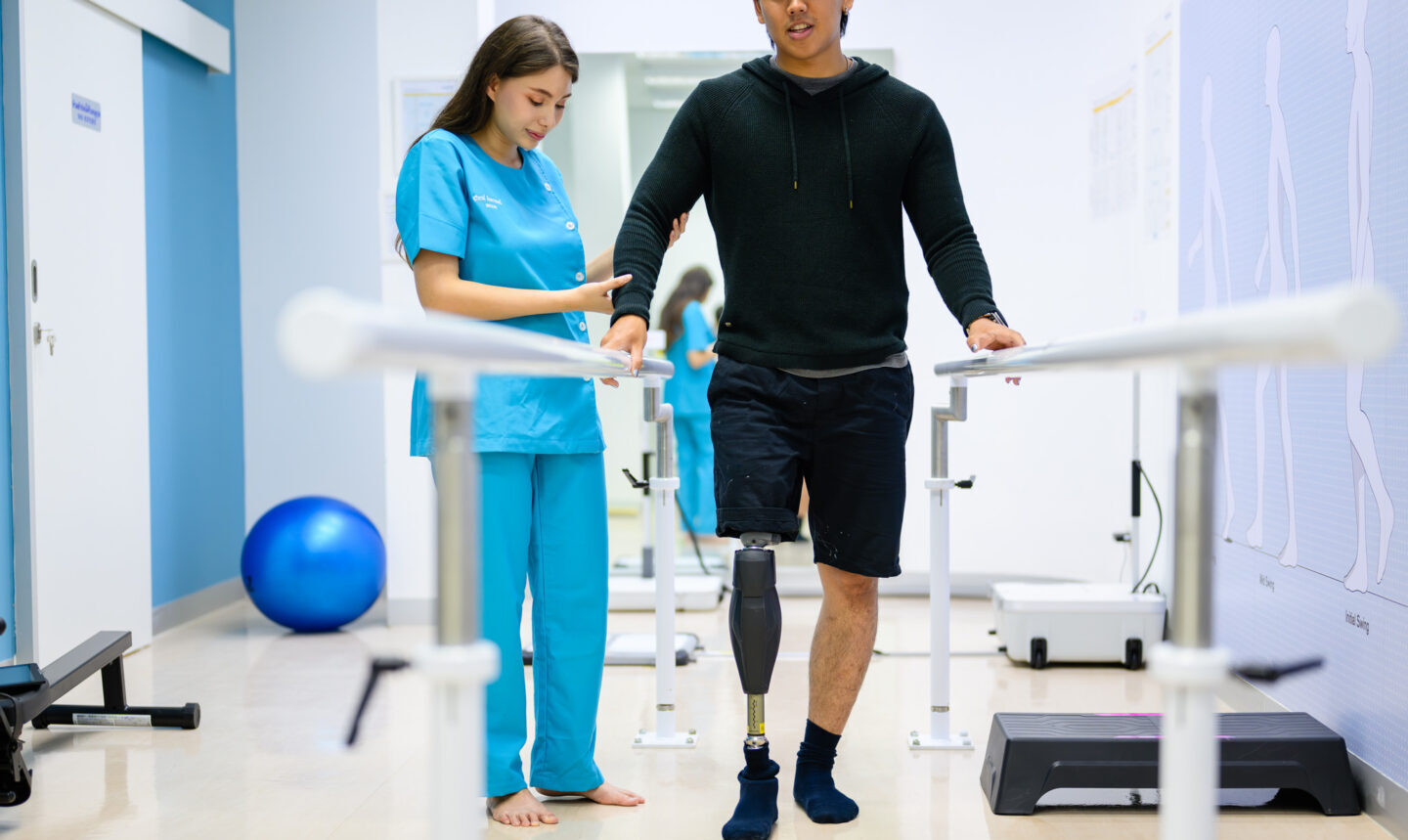Durable medical equipment (DME) represents approximately 2% of Medicare’s overall annual spending. According to CMS’ National Expenditures 2018 Highlights, Medicare paid out $54.9B for DME in 2018, an increase of 4.7% and a jump from 2017’s 2.9% growth.
One issue that causes stress for DME providers is same or similar denials. These denials happen when an organization submits a claim for an item the patient already rents or owns, and the item is within its standard reasonable useful lifetime (RUL).
Checking codes can be a burden
Manually checking HCPCS codes for same or similar has always been a tedious, time-consuming endeavor. But checking all HCPCS codes for same or similar is critical. There has not been an automated method to allow DME providers to check patients’ billing history for same or similar, so their only options have been:
- Checking a MAC portal for claim history
- Checking the VPIQ system for CMN status
- Calling Medicare support
- Asking the patient
All four options drain valuable time and resources from the business of the more than 19K DME providers in the United States. And not only is it critical for providers to check each item and all HCPCS codes for same or similar, but items should also be checked for a certificate of medical necessity (CMN) where necessary. A CMN documents the reason a piece of equipment is medically necessary.
Providers who don’t or can’t check all HCPCS codes for same or similar are at risk of denials and write-offs. Issues may include equipment rentals/purchases that fall outside of the Medicare allowance, the Advance Beneficiary Notice of Noncoverage (ABN) not being collected, or filing a claim for an item that the beneficiary already owns.
Not checking for same or similar can hit a provider hard. According to October 2019 CMS data, more than half of all DME claim denials were caused by failure to verify if a patient has or hasn’t received a same or similar item. The other half of denials were eligibility-related. The October stats showed that in Kentucky and Ohio (CGS Region B) alone, there were 267,338 preventable denials caused by same or similar and eligibility issues. And that can be costly. For example, 2019 TITAN data shows $8.4M in total denied billed claims (Medicare, Medicaid, and commercial) due to same or similar issues. No DME provider wants to risk billing Medicare for equipment that won’t be reimbursed, but checking same or similar has been challenging.
To prevent denials and write-offs, providers must find out whether there has been a change in the beneficiary’s medical condition that supports the need for a different type of similar item or for a same item that has been lost, stolen, or irreparably damaged. If the beneficiary has not had a same or similar item, the claim can be billed without an ABN. If he or she has not had a same or similar item, the provider can fill without an ABN. If he or she has had a same or similar item, however, the provider will need to determine whether the item has reached its specific RUL. If it has, no ABN is necessary. If it has not, then providers must obtain an ABN and bill a claim with an applicable modifier. RUL is usually five years, but some supplies have a much shorter RUL. This means providers should check every time because patients can switch providers easily and don’t always notify their existing provider.
Currently, many DME providers are not able to adequately check, track, report, or manage the overall process of DME billing and claims. Most providers’ frontline staff is already verifying patients’ personal and insurance information, but checking all HCPCS codes for same or similar and/or CMN adds manual work and time to the process. Up to now, there has not been an easy, automated way to check patients’ billing history for HCPCS codes.
Improving your denial rate
If you’re not checking all HCPCS codes for same or similar, you’re probably being hit with denials and lost revenue. But now there’s an easy way to check for same or similar. Waystar’ new DME Same or Similar enhancement can help you can prevent denials and improve cash flow. We’ll check MAC portals for all HCPCS codes, including A, B, E, K, L and V codes, and return the data to you so you can properly bill your claims. For complete denial prevention, you can also check CMN status history using our CMN Status tool.
“We could not check L codes anywhere except for the CGS website or by calling the IVR system on Medicare, but we never could get access. Checking the L codes with [Waystar’] DME Same or Similar has helped tremendously with billing Medicare bracing patients,” said Micheal Eddleman, Orthotics Manager at Britkare Home Medical in Texas.
Adding Waystar’s DME Same or Similar enhancement is a major step toward preventing claim denials for failure to properly check Medicare for same or similar items. Our tool is easy to use and checks all HCPCS codes across all Medicare jurisdictions, then stores your search history and results within your application.
Learn more about durable medical equipment solutions from Waystar.


